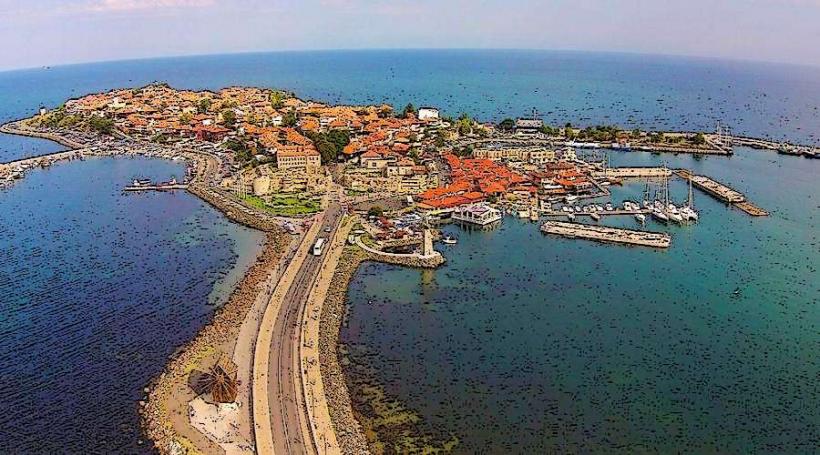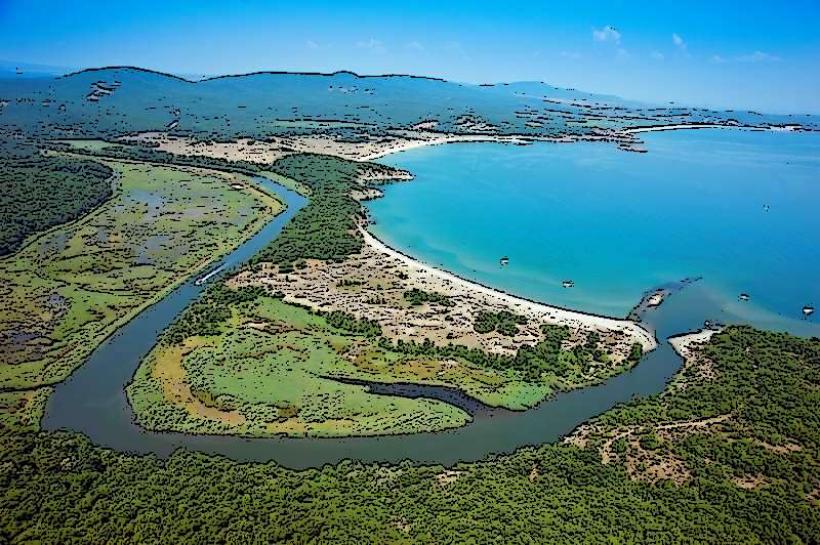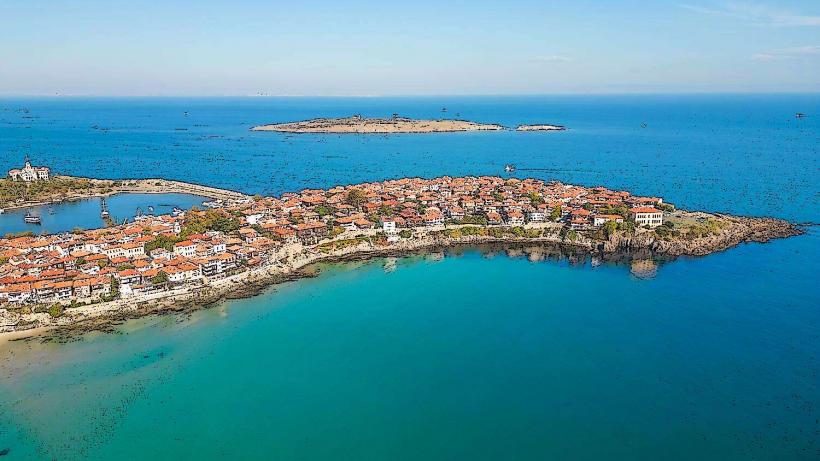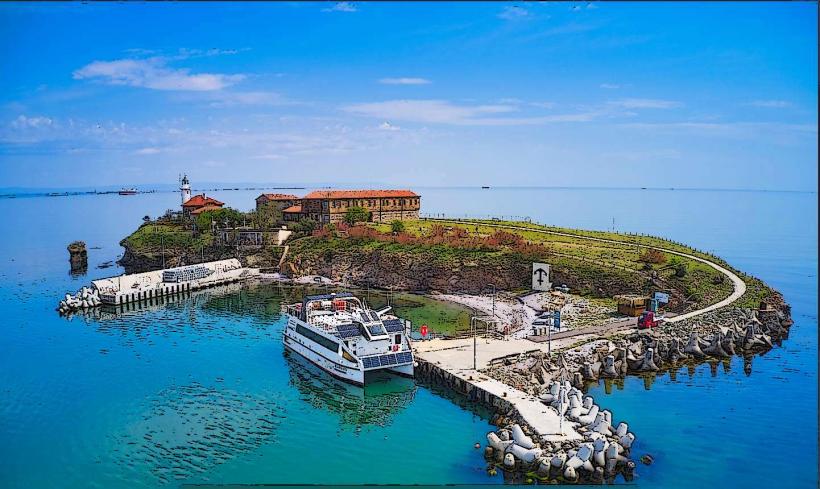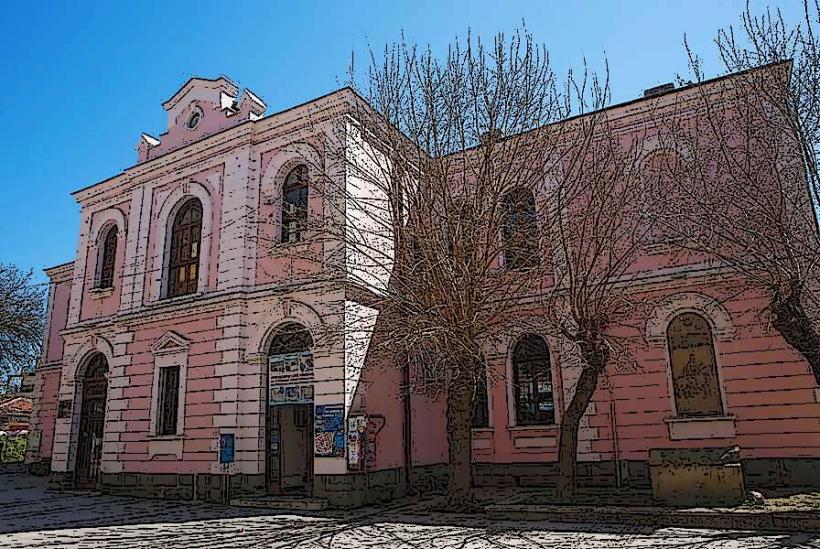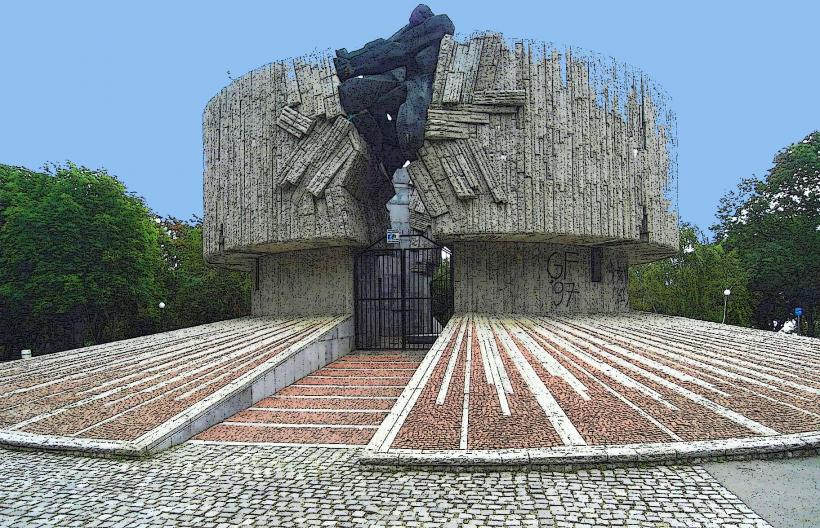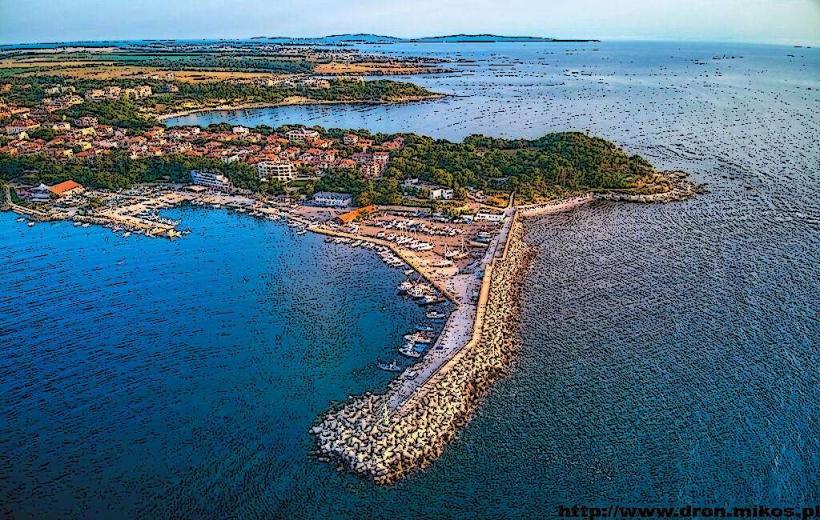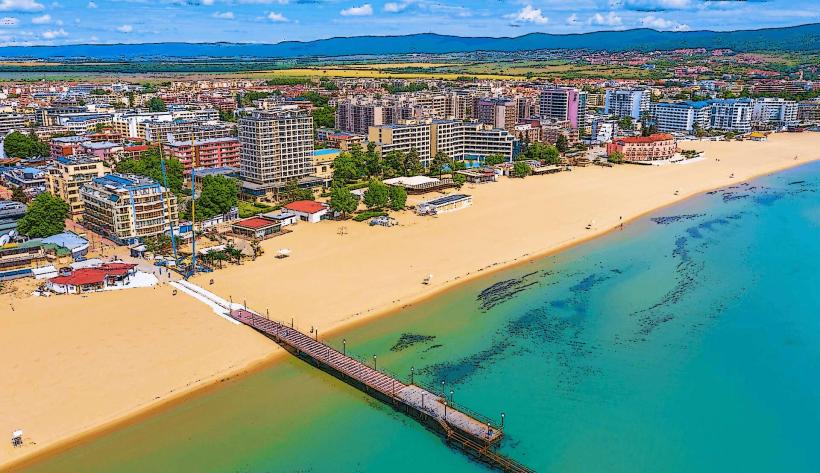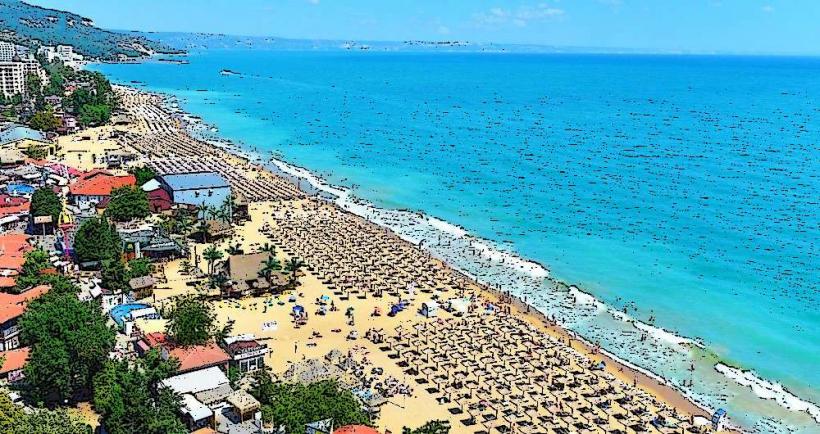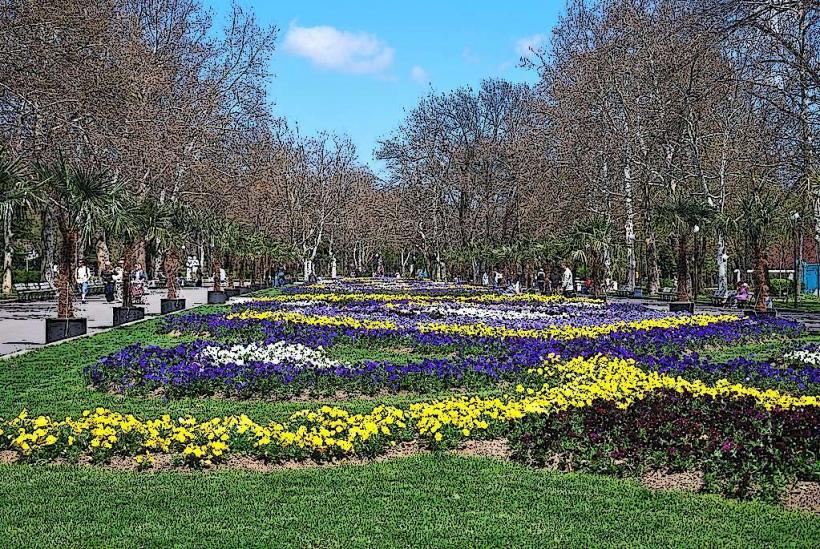Information
Landmark: Ancient City of MarkeliCity: Burgas
Country: Bulgaria
Continent: Europe
The Ancient City of Markeli is an important archaeological site located in southeastern Bulgaria, near the town of Sinemorets in the Burgas Province. The city was an ancient settlement that flourished during the Roman and Late Antiquity periods and is known for its impressive archaeological remains, which provide valuable insights into the region's history, culture, and daily life.
Historical Background
Markeli was originally founded as a Thracian settlement, with its peak occurring during the Roman Empire, when it became an important urban center. The city was located in the heart of the Thracian hinterland, near the Black Sea coast, which contributed to its development as a key center of trade, culture, and military importance.
Roman Influence: Under Roman rule, Markeli expanded and flourished. It became part of the Roman province of Thrace. The settlement benefited from Roman urban planning, infrastructure, and commerce.
Byzantine Period: In the later stages of its history, the city continued to thrive during the Byzantine Empire. Markeli’s strategic location, close to the Black Sea and along important trade routes, allowed it to maintain its importance throughout the centuries.
Decline: The city’s decline began in the 6th century, possibly due to invasions, including those by the Slavs and Avars, which contributed to the destabilization of the region. The city eventually fell into obscurity, and its ruins were forgotten for centuries.
Archaeological Significance
Markeli has become an important archaeological site, with ongoing excavations revealing a wealth of historical artifacts and structures. The discovery of these remnants has shed light on the ancient city's role in the broader historical context of the region.
1. Urban Layout and Architecture
- Archaeologists have uncovered the remains of a well-planned city, featuring elements of Roman and Byzantine urban design.
- City Walls and Gates: The city was surrounded by fortifications with defensive walls and gates, offering protection against invaders. The walls are still visible and provide a sense of the city's defensive strength during its peak.
- Roman Streets: Excavations have revealed paved streets and remains of public buildings, including baths, temples, and basilicas, which offer evidence of the city’s Roman and later Byzantine influences.
2. Religious Buildings
- Among the most significant discoveries in Markeli are the remains of a Christian basilica, a church structure built during the Byzantine period. The basilica features impressive architectural elements, such as mosaic floors and a baptistery, indicating the city's transition from paganism to Christianity.
3. Fortifications
- The fortifications of Markeli were substantial, with a series of defensive walls and towers designed to protect the city from external threats. These fortifications were reinforced throughout the centuries, reflecting the city’s ongoing military importance.
4. Artifacts and Inscriptions
- Numerous inscriptions, coins, pottery, and tools have been discovered in the area, providing insight into the daily life, economy, and cultural practices of the city’s inhabitants.
- These artifacts have helped researchers understand the influence of Roman, Byzantine, and Thracian cultures on the city and its residents.
- Funerary Monuments: Burial sites and tombs have also been uncovered, some of which contain intricately decorated sarcophagi and other funerary items, shedding light on the burial customs of the time.
5. Residential Areas
- The remains of residential buildings have been found, some featuring mosaic floors and wall paintings. These structures suggest that Markeli was a prosperous city with affluent residents.
Key Features and Discoveries
Roman Bath Complex: A significant discovery in the city is a Roman bath complex, complete with typical features such as hot and cold rooms and heating systems. The bath complex indicates the Roman influence on the city’s daily life and social structures.
Christian Basilica: The early Christian basilica found at the site is one of the most important structures in Markeli. Its construction reflects the spread of Christianity throughout the Roman and Byzantine Empire, with distinctive features such as mosaic floors, baptistery, and early Christian inscriptions.
Fortification Walls and Towers: The remains of defensive walls and watchtowers highlight the military importance of Markeli. The city's fortifications were intended to protect it from the invasions that plagued the region during Late Antiquity.
Artifacts: The discovery of coins, inscriptions, ceramic vessels, and tools provides valuable insights into the local economy, trade, and cultural practices. These items have been instrumental in dating the various phases of the city’s occupation.
Markeli's Importance in Regional History
Markeli is an essential site for understanding the broader history of the Thracian, Roman, and Byzantine periods in the Balkans. The city’s strategic location near the Black Sea made it an important center for trade, military operations, and cultural exchange.
Trade and Economy: The proximity to the Black Sea allowed Markeli to serve as an important trading post, connecting it to other Roman and Byzantine cities. The presence of a Roman bathhouse and other infrastructure indicates a thriving economy, based on agriculture, trade, and craftsmanship.
Cultural Exchange: Markeli’s location in a region where Greek, Roman, and Thracian cultures intersected contributed to its cosmopolitan nature. Artifacts from different periods of the city’s history reflect the blending of cultural influences.
Religious Transition: The transition from paganism to Christianity, as evidenced by the Christian basilica and religious artifacts, mirrors the broader process occurring throughout the Roman Empire in the 4th and 5th centuries AD.
Visiting Markeli
While Markeli is a relatively lesser-known archaeological site compared to some of Bulgaria’s more famous ancient cities, it offers an enriching experience for visitors interested in history and archaeology.
- Accessibility: The site is located near Sinemorets, a town on the Black Sea coast. It is accessible by road from Burgas, and visitors can explore the ruins and learn about the ancient city’s history.
- Museum: Some of the findings from the excavation of the site may be housed in local museums or exhibition spaces, providing additional context and artifacts for visitors.
Conclusion
The Ancient City of Markeli offers a fascinating glimpse into the history of the Roman and Byzantine periods in Bulgaria. With its Roman baths, fortifications, Christian basilica, and rich array of artifacts, the site is a testament to the city’s role as an important urban center in the ancient world. Today, it remains an invaluable source of historical and archaeological knowledge for both scholars and visitors interested in the ancient history of the Balkans.

